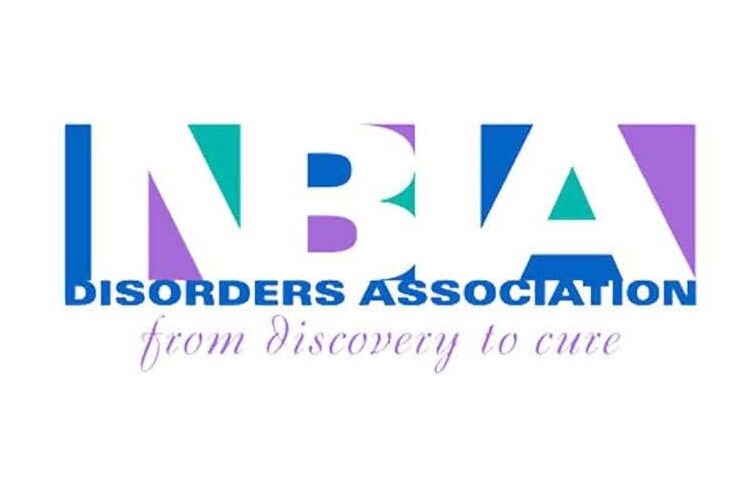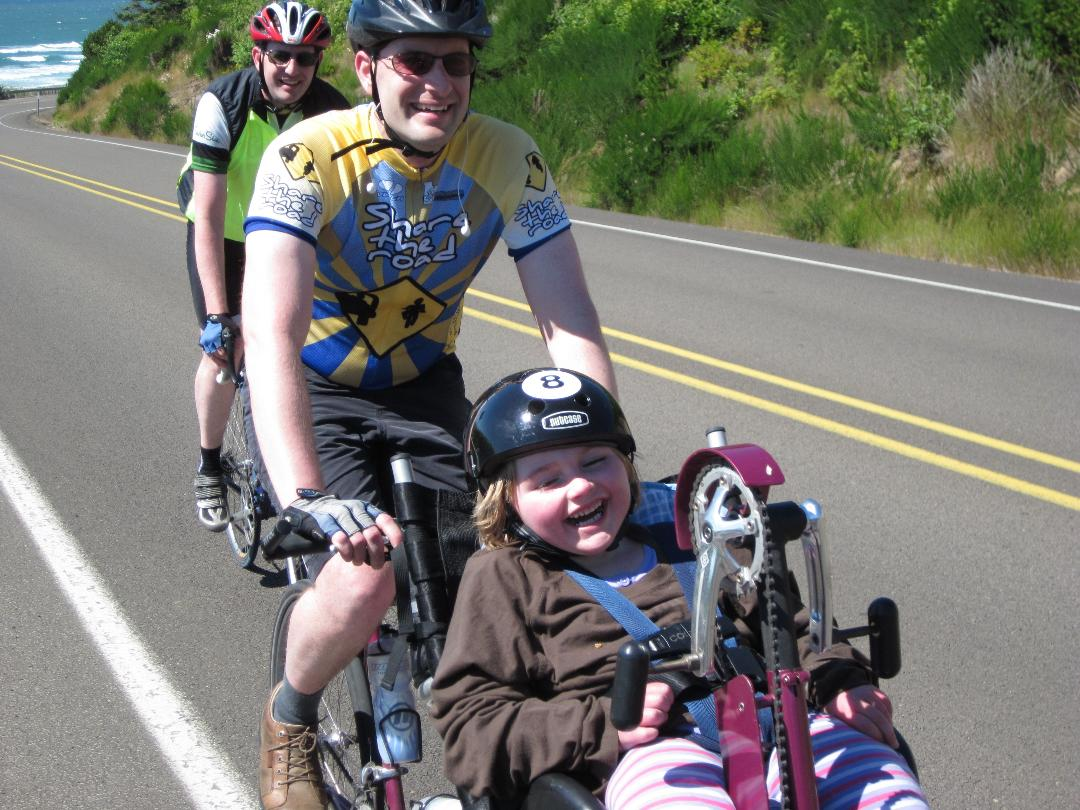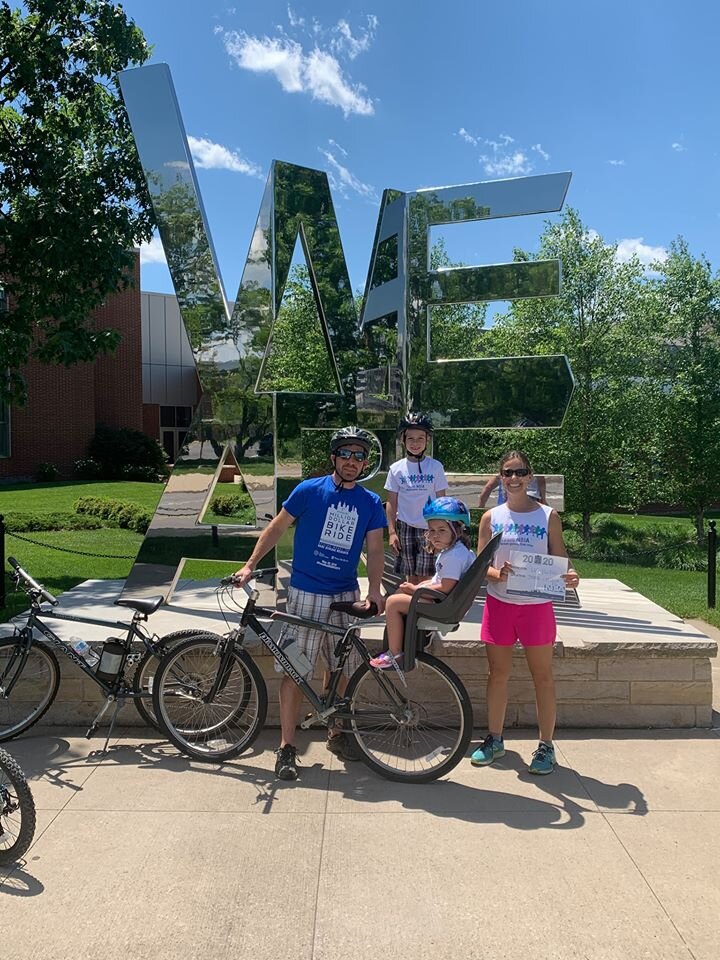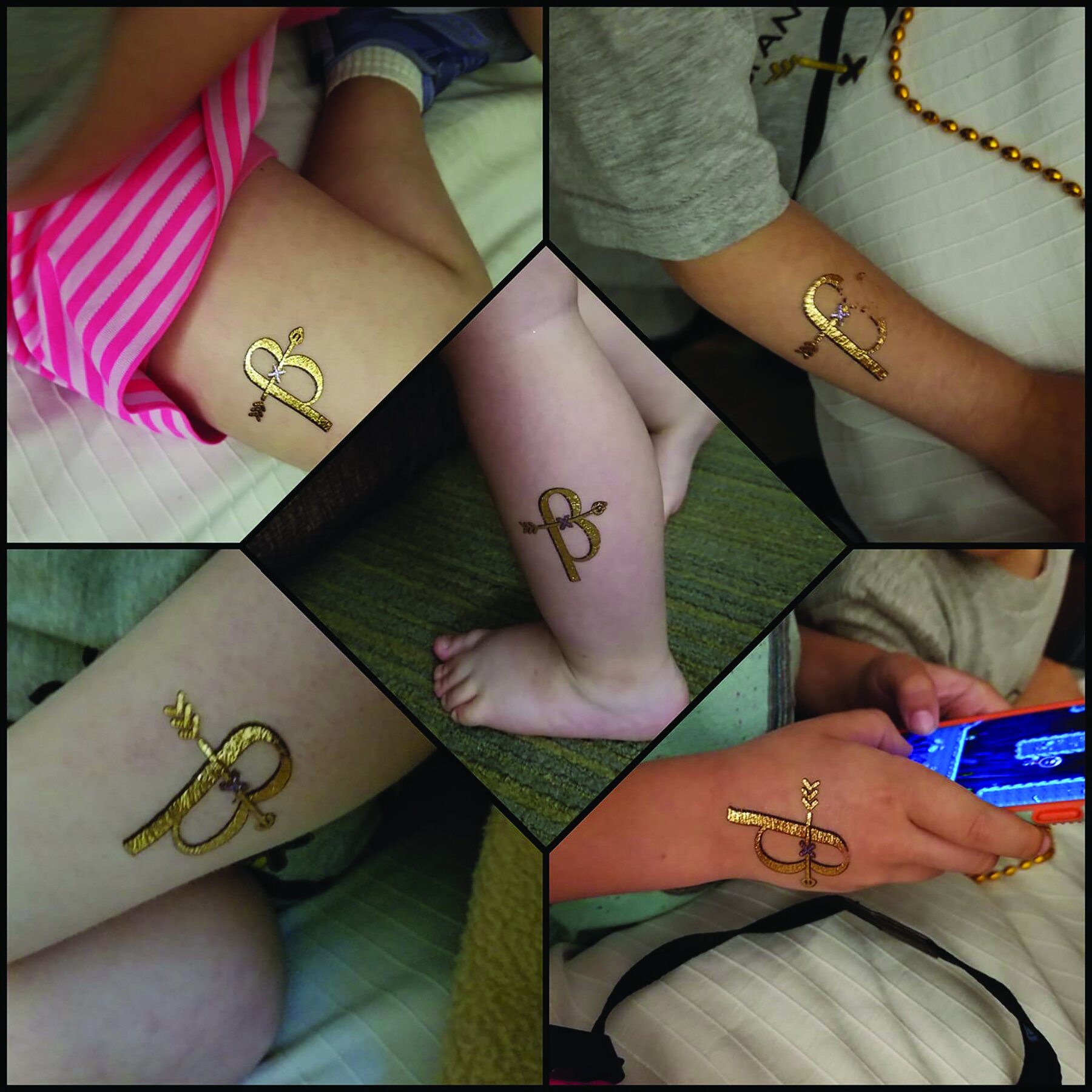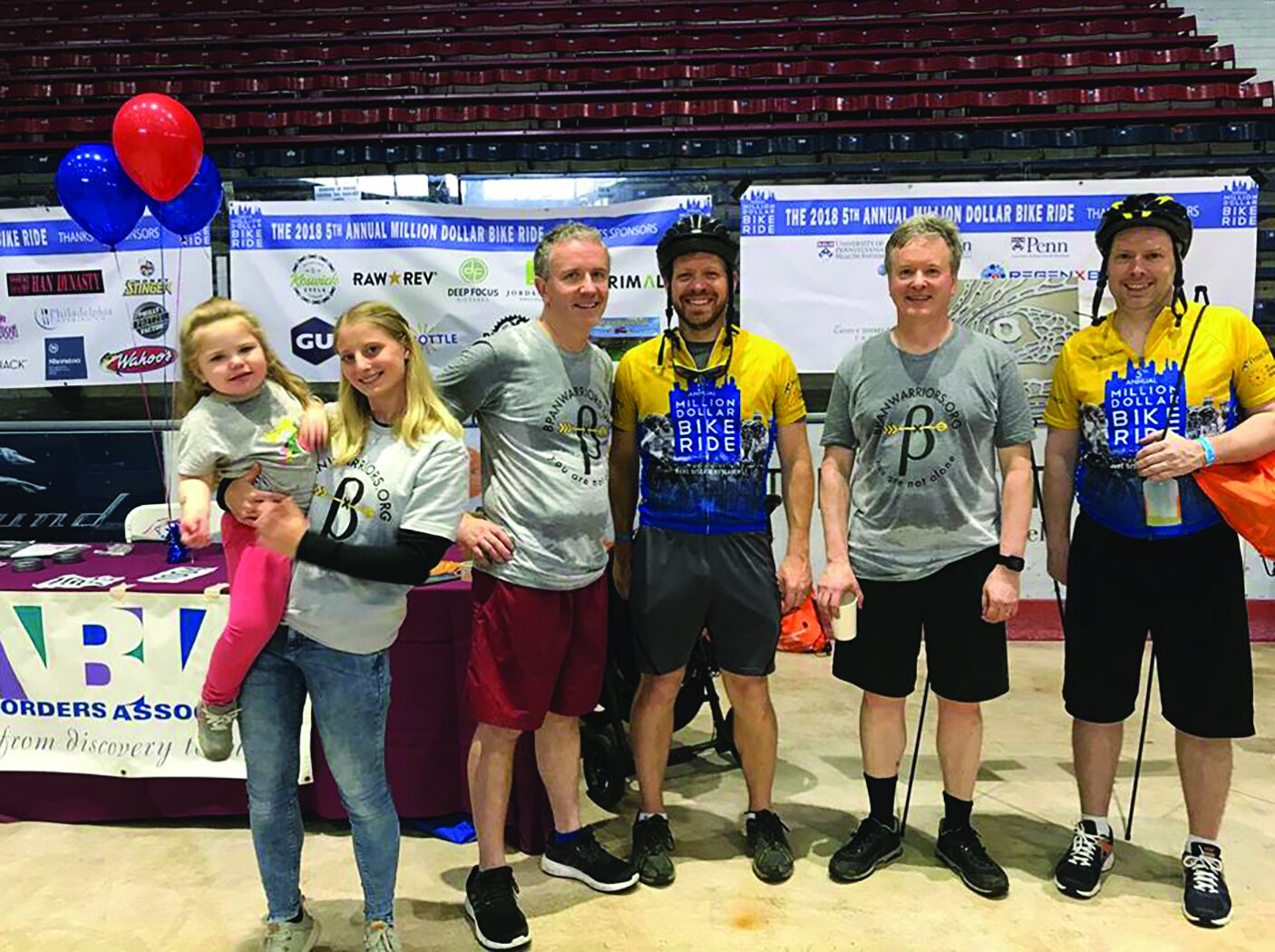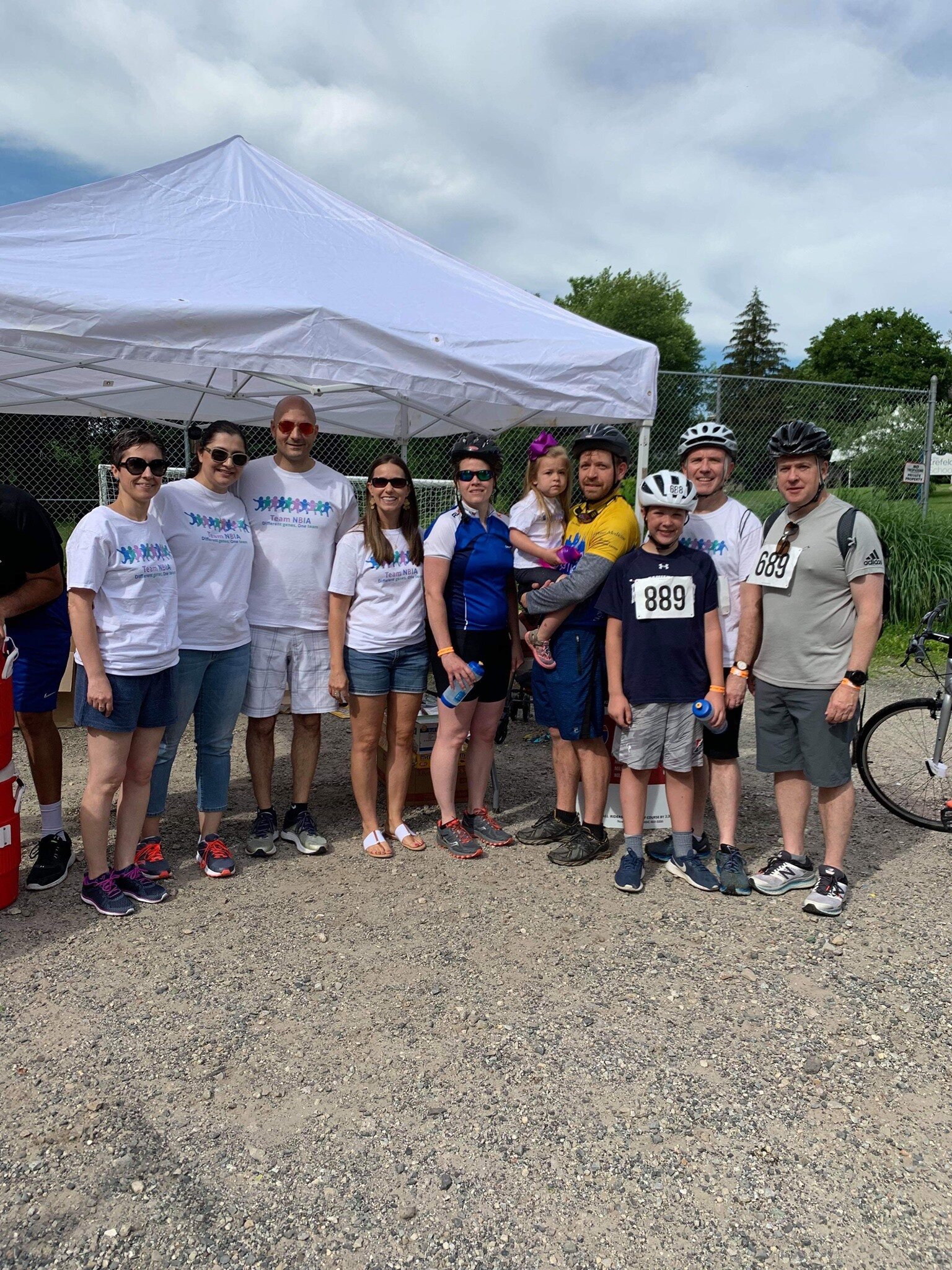Team NBIA Disorders
Neurodegeneration with Brain Iron Accumulation is a group of rare, genetic neurological disorders characterized by abnormal accumulation of iron in the basal ganglia. The basal ganglia is a collection of structures deep within the base of the brain that assist in regulating movements.
The exact relationship between iron accumulation and the symptoms of NBIA is not fully understood. Although we all normally have iron in this area, people with NBIA have extra iron that can be seen on MRI (magnetic resonance imaging). Certain MRI views (T-1 and T2-weighted images) show the iron as dark regions in the brain. High brain iron is most often seen in the part of the basal ganglia called the globus pallidus. It is also often seen in another part called the substantia nigra.
NBIA is progressive and, at this time, there is no cure.
Why We Ride: The Florio Family - BPAN
This is Lia, our happy, friendly little girl. Although you can’t tell from her picture, she was diagnosed in January 2017 with an ultra-rare neurodegenerative disease called BPAN (Beta-Propeller Protein Associated Neurodegeneration). Our world was turned upside down the day we got this devastating diagnosis. It’s been four years, and we have adapted to our new normal. We live a very happy life, despite the challenges and uncertain future we face with Lia’s disorder.
BPAN, which mostly affects females because the gene, WDR45, is on the X chromosome, causes a cascade of severe physical and development problems. The mutation is often lethal in males before they are born.
Individuals with BPAN are developmentally delayed with slow motor and cognitive abilities. Typically, they are unable to speak and develop little to no words. Seizures and sleep disorders are common. During adolescence or adulthood, affected individuals experience a relatively sudden onset of progressive and painful movement problems called dystonia-parkinsonism. They also experience cognitive decline and cannot regain skills once lost.
Advancements in medical care have extended the life span of many individuals with BPAN, enabling some affected individuals to live well into middle age. But having BPAN also means being in a race against time.
The disorder was only discovered in 2012 and has no treatments or cure. Doctors and researchers are trying to understand more about the disorder so they can develop effective therapies. The work consumes time and money.
Lia gives us the energy and strength to fight for her every day. For the fourth year, we will take part in the University of Pennsylvania’s Million Dollar Bike Ride to win (again, we hope) a $30,000 matching grant for BPAN research. Please consider donating to the NBIA Disorders Association to help us raise our share of the match. With your help, someday we will have a treatment to help our little girl and all of the other kids living with BPAN.
NBIA @ MDBR

